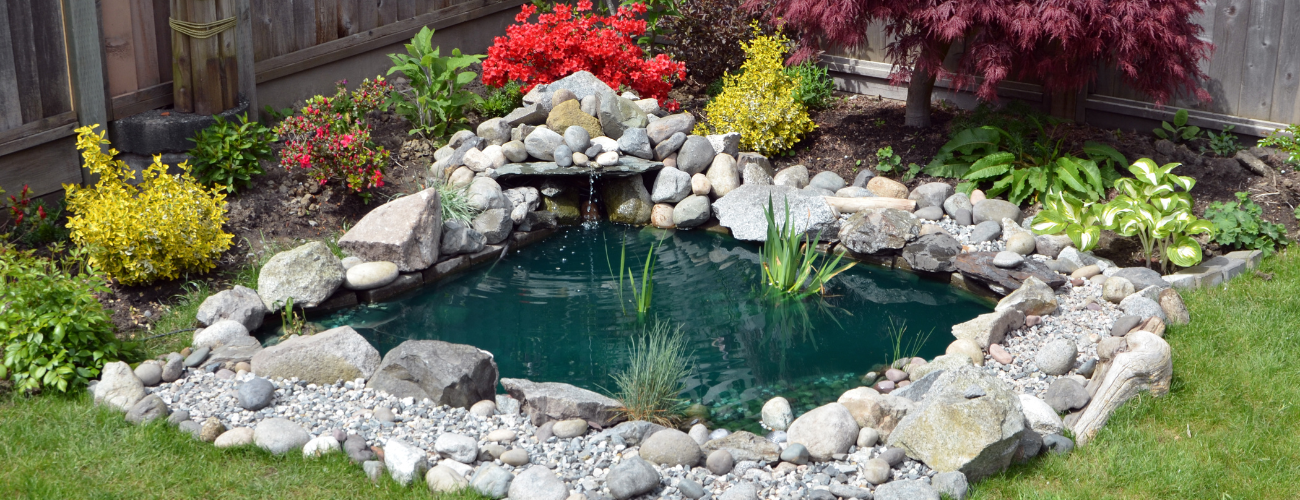Tips for keeping your garden pond healthy and beautiful
Ponds are a fantastic ornamental addition to any garden. They can be all shapes and sizes, from simple bowls or old sinks to large boating ponds. With nearly 70% of natural ponds disappearing from the countryside in the last 100 years, garden ponds are also increasingly important for wildlife. Without proper care and maintenance, ponds can quickly become overrun with weeds and algae. This could spoil its appearance and pose a danger to the wildlife that calls your pond home. With spring upon us, now is the perfect time to start preparing your pond for the coming warmer months. This will ensure it remains a happy home for the creatures that live there, as well as being a beautiful addition to your outdoor space.
Tasks include: improving water quality, checking on animals living in or around the pond, repairing any faults in your liner, and pruning any plants ready for the warmer weather.
Cleaning out small amounts of sludge and debris that has formed over the winter is essential for maintaining water quality. It will also help reduce blanket weed problems. However, if you have fish, it is important to wait until they are out of hibernation. Do not disturb the warmer water at the deepest part of the pond where they will be living. Completing this task will also give you the chance to chance to observe wildlife that might be living in your pond.

Frogspawn and toadspawn will appear in February and March. Newts live on land in damp spots in winter, often hiding under logs or stones. They move into ponds for breeding in March or April and lay eggs until June. Newts fold leaves of water plants over to wrap single eggs. If you are thinning out your pond plants in spring, be sure to check the leaves for folds and leave them untouched. Wait until July to thin these plants.
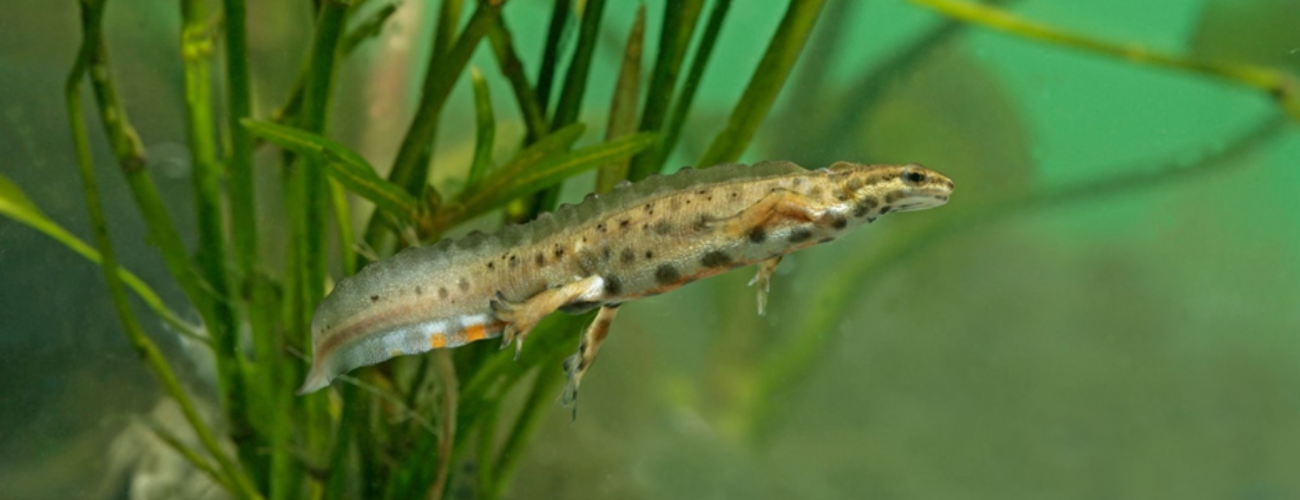
It is a good idea to check that wildlife can easily get in and out of your pond. Ideally a natural shallow beach area clear of plants would allow creatures easy access. If that is not possible, create simple steps with stones or bricks both inside and outside the water.
If the water in your pond has dropped over winter it may be that a crack or tear has occurred in the liner. Top up your pond and observe it for the next few days. If the level drops again, you will need to find the leak. Once the water has stopped going down, check the liner at the level of the water and repair any cracks or tears you find. Puncture repair kits are available for repairing small holes.
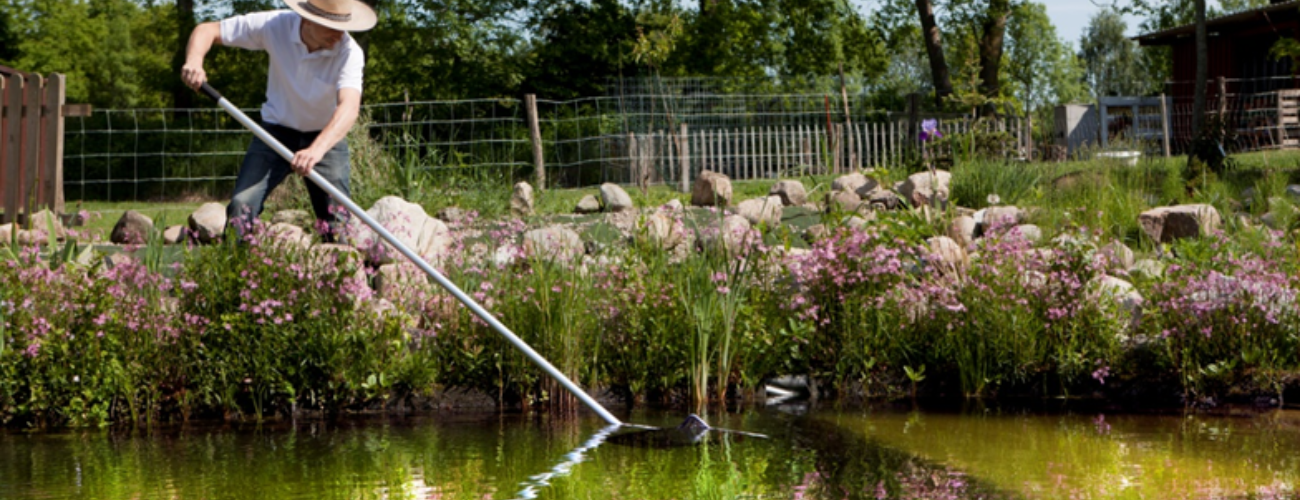
One of the most common problems that pond owners face is an overgrowth of algae and blanket weed. This stringy green substance can quickly cover the surface of the water, making it unattractive and potentially harmful to the creatures that live there. To combat blanket weed, you can carefully remove it by twirling a stick through it or use a net. Be sure to leave it by the side of the pond for a night or two before adding it to your compost heap. This will allow any creatures living in it to escape back to the water.
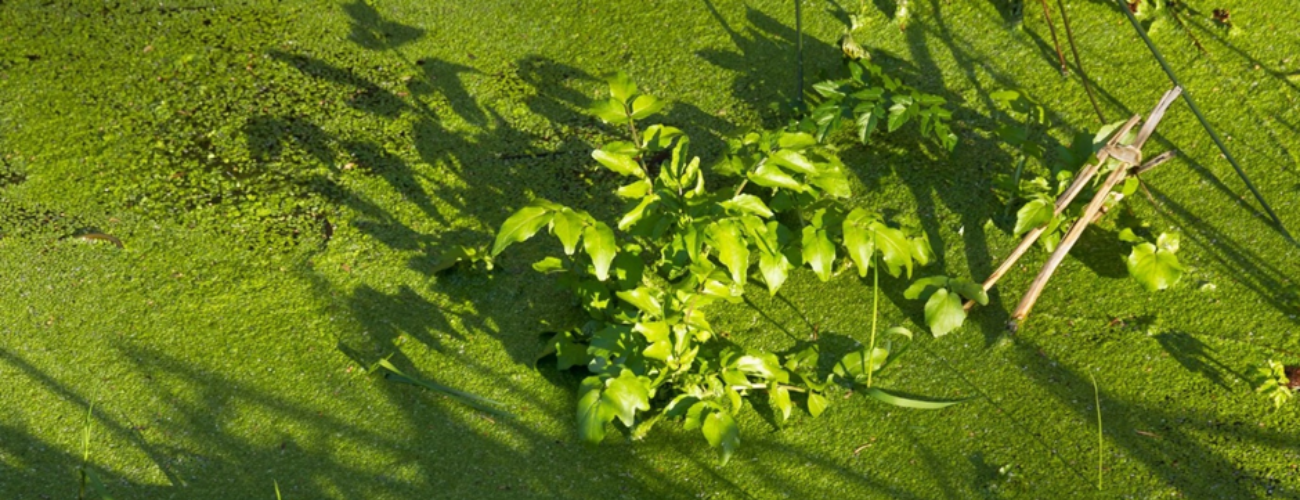
Introducing oxygenating plants can help reduce the amount of nutrients that algae feeds on. Oxygenators prevent water from becoming stagnant and improve the balance and well-being of your pond. They also provide cover for aquatic creatures like frogs and newts.
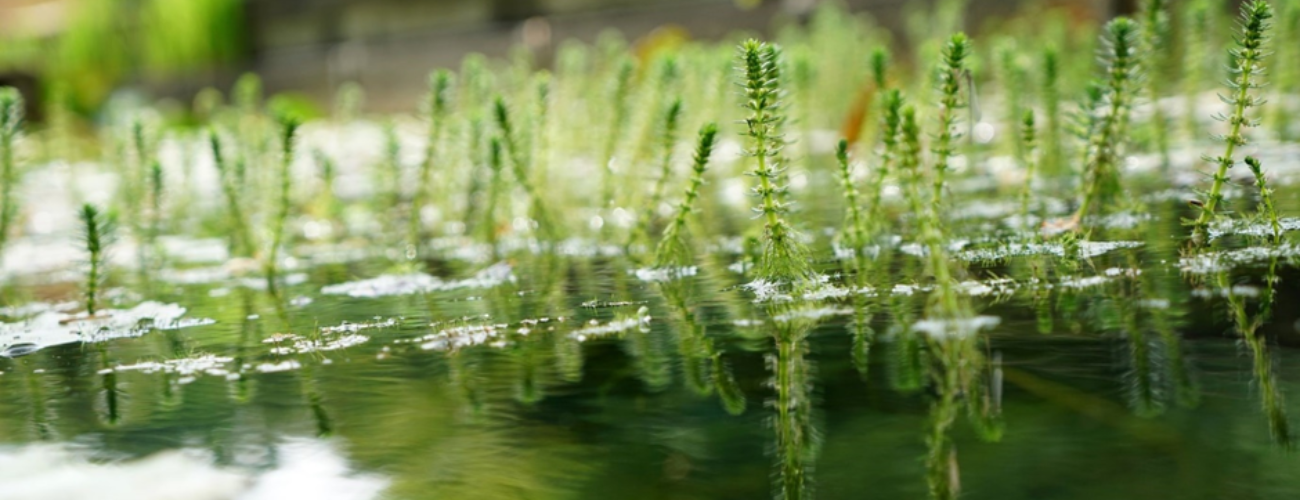
Adding plants like waterlilies can reduce the amount of sunlight reaching the algae, slowing its spread. You should aim to cover about 50% of the surface area of the pond with foliage. This gives wildlife a place to hide and shade as well as reducing algal growth.

Spring is an ideal time to add Barley Straw to your pond. As the straw decays, it releases a natural chemical which can help prevent algae blooms. It takes about a month to start having an effect, so add it before the warm weather for the best results. If your pond needs topping up use rainwater from a water butt if it is available. Tap water has more nitrates which algae will feed on and chlorine can be damaging to aquatic creatures. If none is available leave a bucket of tap water uncovered outside for 24 hours before adding it to your pond. This will allow the chlorine to evaporate and the water to reach the same temperature as the pond.
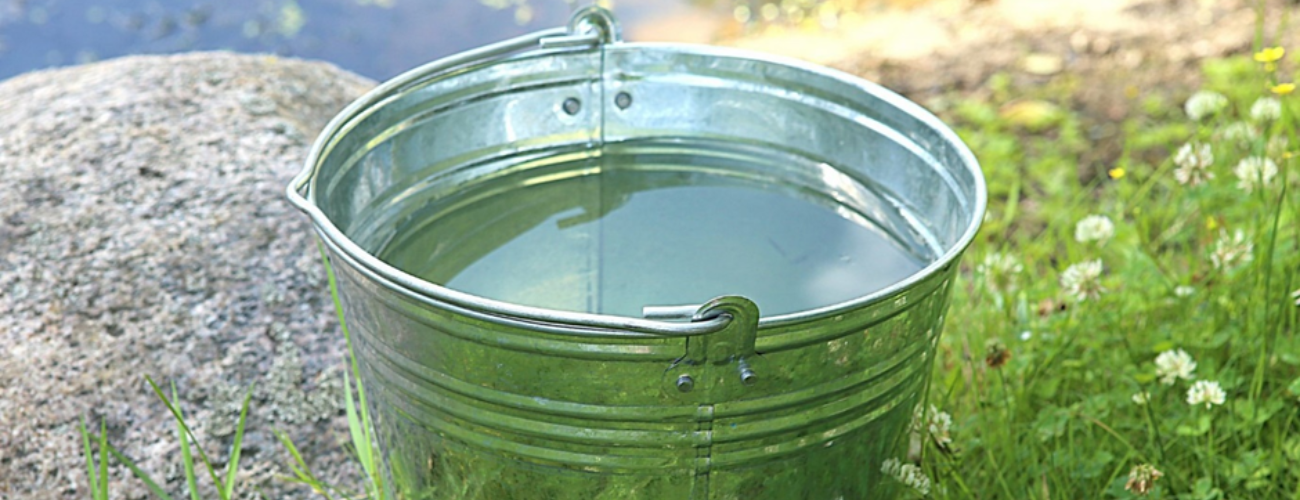
In addition to blanket weed, other plants in your pond can also become invasive and threaten to take over. Emergent plants can be easily managed if thinned out regularly, but it is important not to clear more than a third in any one year. Remember to leave the plants by the side of the pond. This will allow any creatures caught up in them to escape back into the water.
If you have young children it is a good idea to make sure your pond is child safe. A simple fence with a lockable gate for access will work or there are rigid mesh covers available that can be cut to size. The mesh or grid must be firmly secured above the water surface and able to support the weight of a child.
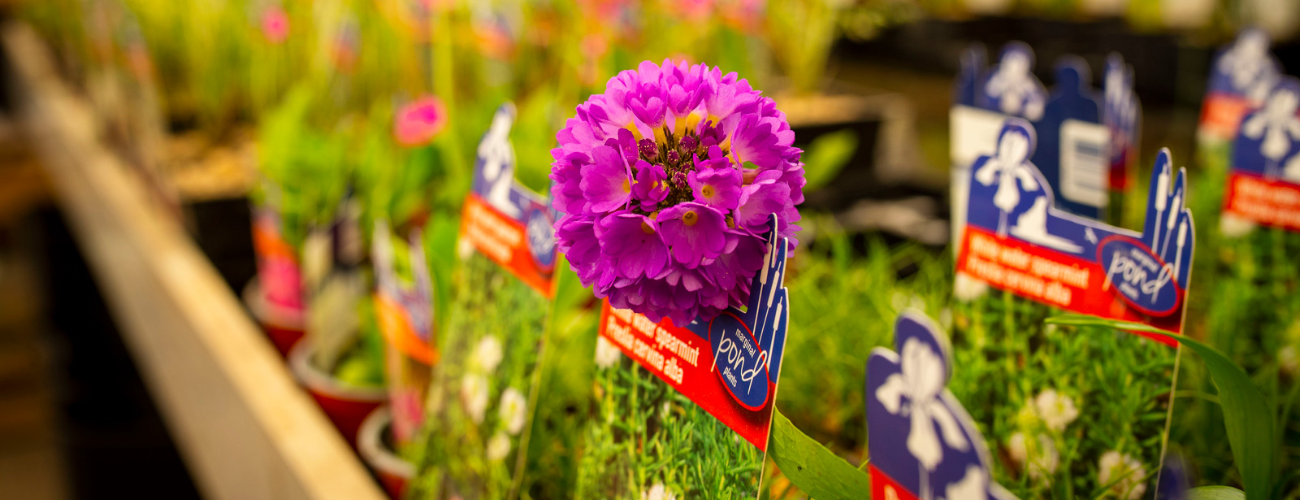
Spring through to early summer is the best time to buy pond plants. This is when the water is warming up and plants will respond by growing away rapidly. All four of our nurseries stock a wide range of pond plants from spring to autumn. With selections of marginals, deep-water, floating and oxygenating plants all available. Alternatively, visit our webshop by clicking here.
By following these simple steps, you can ensure that your pond remains a healthy and happy environment for wildlife. It will also provide you and your family with enjoyment throughout the warmer months ahead.
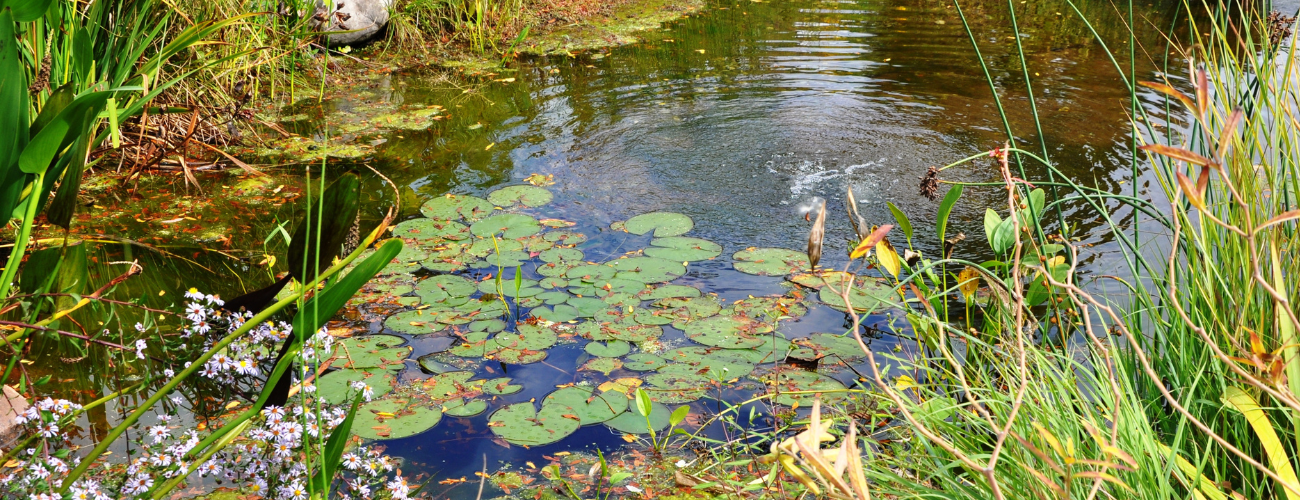
By our resident horticultural expert





